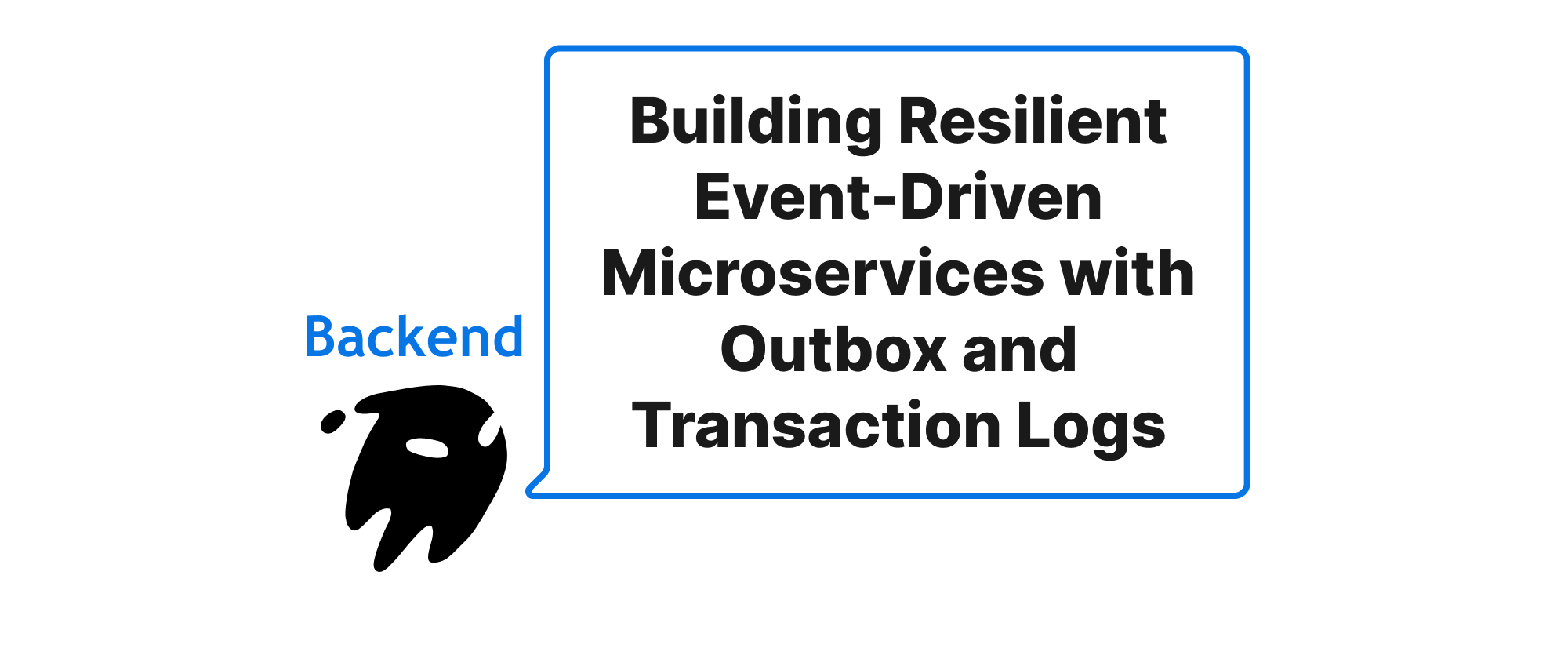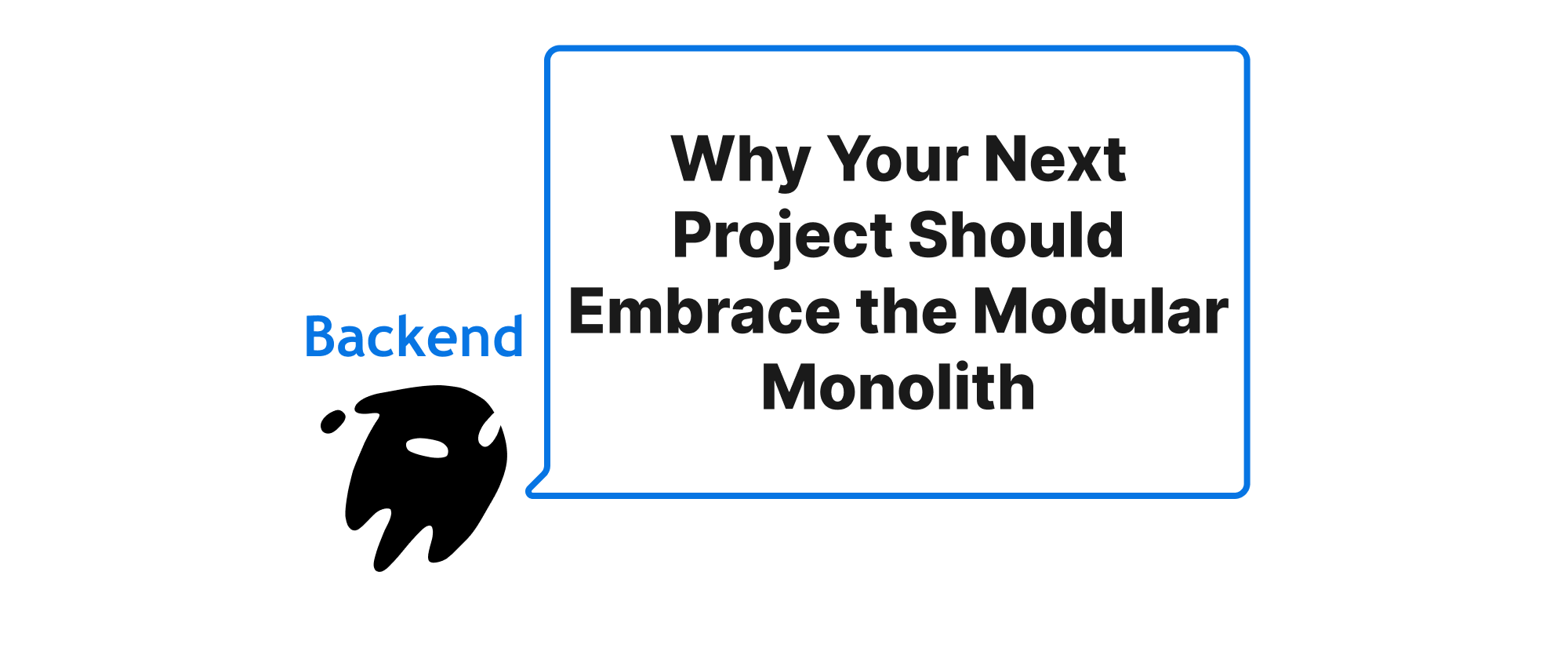Rate Limiting in Backend Frameworks - Token Bucket vs. Sliding Window
Olivia Novak
Dev Intern · Leapcell

Introduction
In the intricate world of backend development, maintaining system stability and performance under varying load conditions is paramount. One of the most effective strategies to achieve this is rate limiting, a mechanism that controls the frequency of requests a client can make to an API or service within a defined timeframe. Without proper rate limiting, malicious attacks like Denial of Service (DoS) or even unintentional spikes in legitimate traffic can quickly degrade service quality, deplete resources, and lead to outages. This article will explore two foundational algorithms for implementing rate limiting in backend frameworks: the Token Bucket and the Sliding Window. We will delve into their core principles, practical implementations, and suitable use cases, providing a clear understanding of how each contributes to building resilient and scalable backend systems.
Core Concepts for Rate Limiting
Before we dive into the algorithms, let's define some key terms crucial for understanding rate limiting:
- Request Rate: The number of requests processed per unit of time (e.g., requests per second, requests per minute).
- Throttle: To intentionally limit the rate of requests to prevent resource exhaustion or system overload.
- Quota: The maximum number of requests allowed for a client or service within a specific time period.
- Burst: A sudden, short-lived increase in request rate that exceeds the average.
- Granularity: The finest level of detail at which rate limits are applied (e.g., per user, per IP address, per API endpoint).
- Distributed Rate Limiting: Rate limiting applied across multiple instances of a service, requiring a shared state for accurate enforcement.
Token Bucket: A Flexible Approach to Rate Limiting
The Token Bucket algorithm is an intuitive and widely used method for rate limiting, renowned for its ability to handle bursts of traffic gracefully.
Principle
Imagine a bucket with a fixed capacity. Tokens are continuously added to this bucket at a constant rate. Each time a client makes a request, they attempt to draw a token from the bucket. If a token is available, the request is processed, and the token is removed. If the bucket is empty, the request is denied or queued. The capacity of the bucket represents the maximum allowed burst, while the rate at which tokens are added dictates the long-term average request rate.
Implementation
Implementing a Token Bucket typically involves:
- Bucket Capacity: A maximum number of tokens the bucket can hold.
- Token Generation Rate: How often new tokens are added to the bucket (e.g., 1 token per second).
- Current Token Count: The number of tokens currently in the bucket.
- Last Fill Time: The timestamp of the last time tokens were added or checked.
Let's illustrate with a pseudo-code example in a Python-like syntax:
import time class TokenBucket: def __init__(self, capacity, fill_rate_tokens_per_second): self.capacity = float(capacity) self.fill_rate = float(fill_rate_tokens_per_second) self.tokens = float(capacity) # Start with a full bucket self.last_fill_time = time.time() def allow_request(self, tokens_needed=1): now = time.time() # Add tokens based on elapsed time and fill rate self.tokens = min(self.capacity, self.tokens + (now - self.last_fill_time) * self.fill_rate) self.last_fill_time = now if self.tokens >= tokens_needed: self.tokens -= tokens_needed return True else: return False # Example usage in a backend framework (e.g., Flask decorator) # This is a simplified example, real-world would involve client identification (IP, user ID) # and possibly a distributed store (Redis) for shared state. # In a multi-instance scenario, 'bucket_for_client' would need to be retrieved # from a distributed cache like Redis, ensuring all instances share the same state. # For simplicity, here we use a local dictionary. client_buckets = {} def rate_limit_token_bucket(capacity, fill_rate): def decorator(f): def wrapper(*args, **kwargs): # In a real API, client_id would come from request headers or IP client_id = "default_client" # For demonstration purposes if client_id not in client_buckets: client_buckets[client_id] = TokenBucket(capacity, fill_rate) bucket = client_buckets[client_id] if bucket.allow_request(): return f(*args, **kwargs) else: return "Rate limit exceeded. Try again later.", 429 return wrapper return decorator # @app.route('/api/data') # @rate_limit_token_bucket(capacity=10, fill_rate=1) # 10 requests burst, 1 req/sec average # def get_data(): # return "Data retrieved successfully!"
Application Scenarios
Token Bucket is excellent for:
- Handling Bursts: Its ability to store tokens allows clients to make requests faster than the average rate for short periods, which is common in user-driven interactions.
- API Gateways: Limiting requests from external clients to backend services.
- Throttling specific users or endpoints: Providing flexible quota management.
Sliding Window Log: Precision and Fairness
The Sliding Window Log algorithm offers a highly accurate and fair approach to rate limiting, preventing bursts from being "hidden" across window boundaries.
Principle
Unlike the Token Bucket, the Sliding Window Log maintains a log of timestamps for each successful request. When a new request arrives, the algorithm discards all timestamps from the log that are older than the current time minus the window duration. If the number of remaining timestamps in the log is below the allowed limit, the request is permitted, and its timestamp is added to the log. Otherwise, the request is denied.
Implementation
The core of the Sliding Window Log is a sorted list of timestamps.
import time from collections import deque class SlidingWindowLog: def __init__(self, limit, window_seconds): self.limit = limit self.window_seconds = window_seconds # Deque is efficient for adding/removing from both ends self.requests = deque() def allow_request(self): now = time.time() # Remove timestamps older than the window while self.requests and self.requests[0] <= now - self.window_seconds: self.requests.popleft() if len(self.requests) < self.limit: self.requests.append(now) return True else: return False # Example usage in a backend framework (e.g., Flask decorator) client_request_logs = {} def rate_limit_sliding_window_log(limit, window_seconds): def decorator(f): def wrapper(*args, **kwargs): client_id = "default_client" # From request headers/IP in real app if client_id not in client_request_logs: client_request_logs[client_id] = SlidingWindowLog(limit, window_seconds) window_log = client_request_logs[client_id] if window_log.allow_request(): return f(*args, **kwargs) else: return "Rate limit exceeded. Try again later.", 429 return wrapper return decorator # @app.route('/api/report') # @rate_limit_sliding_window_log(limit=5, window_seconds=60) # 5 requests per minute # def get_report(): # return "Report generated successfully!"
While accurate, the deque can grow large under high traffic, consuming more memory and potentially impacting performance due to list operations. For distributed systems, storing these logs in Redis sorted sets is a common approach, where ZREMRANGEBYSCORE can efficiently prune old timestamps.
Application Scenarios
Sliding Window Log is suitable for:
- Strict Rate Limiting: When it's crucial to enforce a precise rate over a defined period, preventing any form of "cheating" across window boundaries.
- Billing and Usage Tracking: Accurately tracking API consumption for billing purposes.
- Security Applications: Detecting abnormal request patterns that might indicate attacks.
Comparing Token Bucket and Sliding Window Log
| Feature | Token Bucket | Sliding Window Log |
|---|---|---|
| Burst Handling | Excellent (due to stored tokens) | Poor (strict enforcement over time) |
| Fairness | Less fair for short bursts (can deplete tokens) | Highly fair (considers actual request times) |
| Accuracy | Good for average rate, can be leaky over short periods for bursts | Excellent, very precise over the window |
| Resource Usage | Low (fixed counter and timestamp per client) | Moderate to High (stores timestamps per client) |
| Complexity | Simpler to implement | More complex, especially in distributed systems (requires persistent storage for log) |
| Use Cases | General API throttling, user experience focused | Billing, strict quota enforcement, fraud detection |
Conclusion
Both Token Bucket and Sliding Window Log are robust algorithms for implementing rate limiting, each with its strengths and weaknesses. The Token Bucket provides flexibility and excellent burst handling, making it ideal for general API usage where occasional traffic spikes are expected and should be accommodated without severe impact. The Sliding Window Log, conversely, offers superior accuracy and fairness by strictly adhering to the defined rate over a continuous window, making it better suited for scenarios demanding precise usage tracking and strict enforcement. Choosing the right algorithm depends on the specific requirements of your backend service, prioritizing either burst tolerance or strict rate accuracy. A well-designed rate limiting strategy often involves a combination of these and other techniques to create a resilient and performant system.


